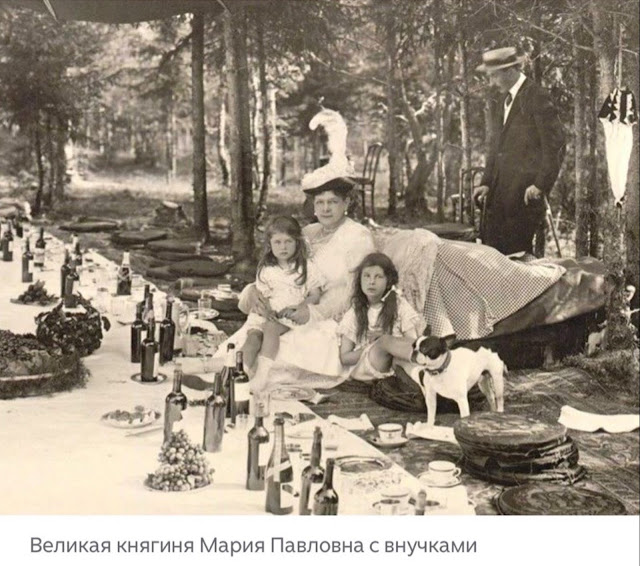 |
| In his book, Learning How to Behave… A Historical Study of American Etiquette Books,… “Schlesinger analyzed the transition from early American etiquette books influenced by European, particularly British and French, standards, to the development of a distinct American approach to social conduct. He noted how the emergence of westward expansion led to the appearance of American-authored etiquette books. However, with the rise of great wealth in the late 19th century, the newly established upper classes looked again to European models for guidance, according to www.discoursemagazine.com.” – Above, Arthur M. Schlesinger in 1961 |
A social code, like a garment on the human body, outlives its usefulness when it no longer fits the form for which it was designed. Its acceptability at any given time rests upon the willingness of the well-mannered to adhere to it and of most other people to look up to it. If class relations change, so also must the canons of breeding or else forfeit every vestige of authority; and it follows that the more violent the change, the more imperative is the need for compromise and adjustment.
Such a challenge confronted American manners in the second quarter of the nineteenth century. Many things conspired to undermine ancient attitudes and upset hallowed landmarks. The War of 1812, misinterpreted as a glorious victory, exalted the self-confidence of the postwar generation. The extension of the nation's authority to the Rio Grande and the Pacific, the expanding web of canals and railroads, the outflow of humanity into untenanted areas, the springing up of new cities in the older regions, the rapid technological progress and notable growth of industry all these bred in Americans the sense of a mighty people marching toward a goal such as mankind had never known. And with these developments went others more subtle in character: the steady rise of countless humble folk to higher living standards, and the admission of all white men to the ballot and the right to hold office. These altered conditions could not fail to leave their mark on social usages, particularly in the North where their principal impact was felt. Andrew Jackson’s elevation to the White House in 1828 was a political outcropping of deeper human stirrings.
The son of a destitute Scotch-Irish immigrant, he had by dint of pluck and native capacity arrived at the seat of power hitherto reserved for the Harvard-educated Adamses and great Virginia landholders. Protagonists of the old order, alarmed by the “millennium of minnows” at Washington, misunderstood the nature of the upsurge that Jackson's election betokened. The dreaded minnows, whether agitating the turbid pool at the federal capital or disturbing the broader waters throughout the land, had no intention of remaining small fry, or even of always swimming with their kind. To them the country’s new political and economic situation meant the opportunity for little fish to grow into big ones.
“True republicanism,” agreed a contemporary, “requires that every man shall have an equal chance that every man shall be free to become as unequal as he can.” Unlike former times, ordinary folk now felt they could make of themselves what they would. As Catharine Sedgwick reminded them, “It is not here as in the old world, where one man is born with a silver spoon, and another with a pewter one, in his mouth. You may all handle silver spoons, if you will. That is, you may all rise to places of respectability.” Though devoting their chief energies to bettering their material lot, they never lost sight of the fact that self-respect also demanded they climb toward higher social levels. The passion for equality, in other words, found expression in the view that all could become gentlemen, not that gentlemen should cease to be.
President Jackson himself, despite his lowly origins and the hoary Whig legend in history books of his uncouthness, excited the admiration of both friend and foe by his urbane and courtly demeanor. To be sure, a shirt-sleeve approach to good manners naturally outraged the Southern planter's conception of a properly regulated world. Little wonder that a Georgia aristocrat, writing in the mid-century, found the North “devoid of society fitted for well-bred gentlemen” because so many of the persons he encountered were “mechanics struggling to be genteel.”
One of the arguments for sowing the North with little red schoolhouses was that “the first indispensable requisite for good society is education”; and though other reasons proved more influential in bringing about public schools, the colonial precedent of using the classroom for instructing the young in civility received the fullest possible application. The states now generally required the teaching of such basic qualities as truthfulness, sobriety, temperance, industry, piety and chastity. Educational leaders further proclaimed it the duty of schoolmasters to make up for any other deficiencies of home training, and textbook writers quickly obliged with sections on “Politeness,” “Manners at Table” and “Manners in the Street and on the Road.”
Older persons received a certain amount of help from the magazines, especially from Godey’s Lady's Book and similar women’s journals, whose sentimental stories featured heroes and heroines of immaculate gentility, and whose editors some- times offered specific recipes for social deportment and affairs of the heart. Mrs. James Parton, known to her numerous readers as Fanny Fern, took occasion in her discursive essays- which generally reached a wider public in book form-to include tart comments on ill breeding. Two of her “Rules for Ladies” were: “Always keep callers waiting, till they have had time to notice the outlay of money in your parlors”; and “Always whisper and laugh at concerts, by way of compliment to the performers, and to show your neighbors a sovereign contempt for their comfort.”
Such incidental references, however, did not replace the manuals devoted wholly to social decorum, a type of publication which, given the new circumstances of American life, now attained an importance never before known. Mrs. Sarah Joseph Hale, who presided over Godey’s, considered it one of her bounden duties to recommend these writings as they issued from the press, and in time she produced her own treatise on Manners; or, Happy Homes and Good Society (1866). From the late 1820's on, this literature poured forth in a never-ending stream. An incomplete enumeration shows that, aside from frequent revisions and new editions, twenty-eight different manuals appeared in the 1830's, thirty- six in the 1840's and thirty-eight more in the 1850's - an average of over three new ones annually in the pre-Civil War decades.
They not only greatly exceeded the number published at any earlier time, but they were also mostly of American authorship. The writers embraced such persons as Lydia H. Sigourney and Catharine M. Sedgwick, the novelists; Eliza W. Farrar, biographer of Lafayette and wife of a Harvard professor; William A. Alcott, cousin of Bronson Alcott and an educational reformer; T. S. Arthur, best known today as the author of Ten Nights in a Bar-room; and Eliza Leslie, a successful writer of juvenile fiction. Lola Montez, the Irish-Spanish actress who dazzled America in the mid-century, discoursed appropriately enough on The Arts of Beauty (1858), graciously including “hints to gentlemen on the art of fascinating.” Ralph Waldo Emerson, though not himself a contributor to the genre, lent a certain elevation to the theme by devoting two of his essays to “Manners” and “Behavior.” He could even commend his friend Walter Savage Landor for saying, “I have suffered more from my bad dancing than from all the miseries and misfortunes of my life put together.”
The conduct books were of two general kinds, one upholding the time-honored conception of manners as “character in action,” the other elaborating the view, already rendered familiar by the American adaptations of Chesterfield, that manners are a set of rules to be learned. With the nation passing through a period of unsettling social change, moralists feared lest the ancient pillars of individual integrity and family virtues be destroyed, and they publicized their concern in treatises ascribing true courtesy to “the source of all purity and goodness, the Christian religion.” In this spirit William A. Alcott ambitiously attempted to canvass every aspect of personal and domestic relations in The Young Man's Guide (1832), The Young Woman's Guide (1836), The Young Mother (1836), The Young Wife (1837), The Young Husband (1838) and The Boy's Guide (1844).
Yet neither he nor his less fecund fellow scribes wholly ignored conduct in the more restricted sense of etiquette George W. Hervey in The Principles of Courtesy excused himself for touching on such trivia by the need to counteract the many handbooks that “appealed to unworthy motives, and taught a heartless and selfish system of politeness.” Taking somewhat different ground, Alcott argued that a practice like wearing one's hat in the house “tends to vice and immorality.” T. S. Arthur, on the other hand, though warning against drawing-room usages based on self-seeking and vanity, frankly urged his readers to study etiquette manuals for their own sake.
Arthur by this advice showed himself far more in accord with the times than were most purveyors of what Fanny Fern called "moral molasses." The rising classes, reasonably confident of their grip on Christian principles but timorous about the proprieties of taste and behavior, thirsted to know “the little things, the graceful finishing touches,” which they associated with persons “to the manner born.” “The power of littles!” wrote Mrs. Hale approvingly. “How often has the expression been quoted, how much it contains!” Those who set their hands to the task of meeting the demand did so with a clear understanding of the audience they were addressing. “I have seen it gravely stated by some writer on manners, that it takes three generations to make a gentleman,” said the wellborn Miss Sedgwick, and she emphatically rejoined, “This is too slow a process in these days.” – From “Learning How to Behave… A Historical Study of American Etiquette Books,” By Arthur M. Schlesinger, 1947
🍽️Etiquette Enthusiast, Maura J. Graber, is the Site Editor for the Etiquipedia© Etiquette Encyclopedia

















